
The average American living room has shrunk by roughly 30% since the 1970s, yet our desire for comfort and taste has grown. From 17th-century Parisian salons that packed aristocrats into gold-plated jewel boxes, to modern Manhattan micro-apartments, we now need to rely on technology and spatial tricks to help properly define our spaces to make them feel like home.
So let’s explore nine psychological, architectural, and culturally savvy tactics to make your small living room feel like a palace. Using a blend of interior design hacks, behavioral economics, Japanese minimalism, and even aerospace engineering, you can create a floor plan that works for your lifestyle.
1. Float Your Furniture—Literally
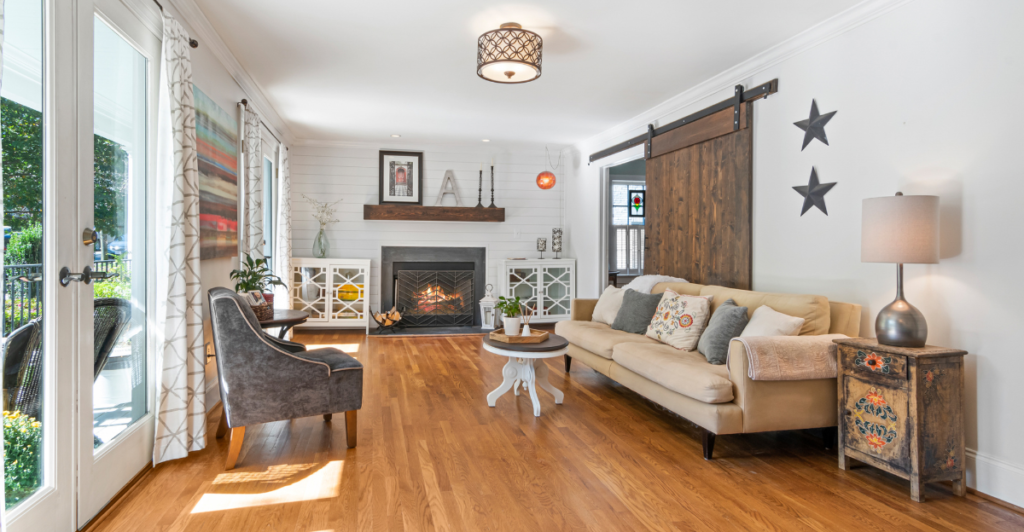
An old interior design rule was to pile everything up against the wall to make a room look more spacious. However, this only makes the room feel cramped and depressing.
Instead, “float” your furniture a few inches from the wall or even place it in the center of the room. This creates negative space and visual flow, making the room look bigger. By installing taller legs on your furniture, more light reaches the floors and provides an unobstructed field of vision.
Floating shelves, wall-mounted lighting, and acrylic coffee tables can also help make a room look bigger because they cover less of the floor.
2. Go Monochrome—But Not Monotonous
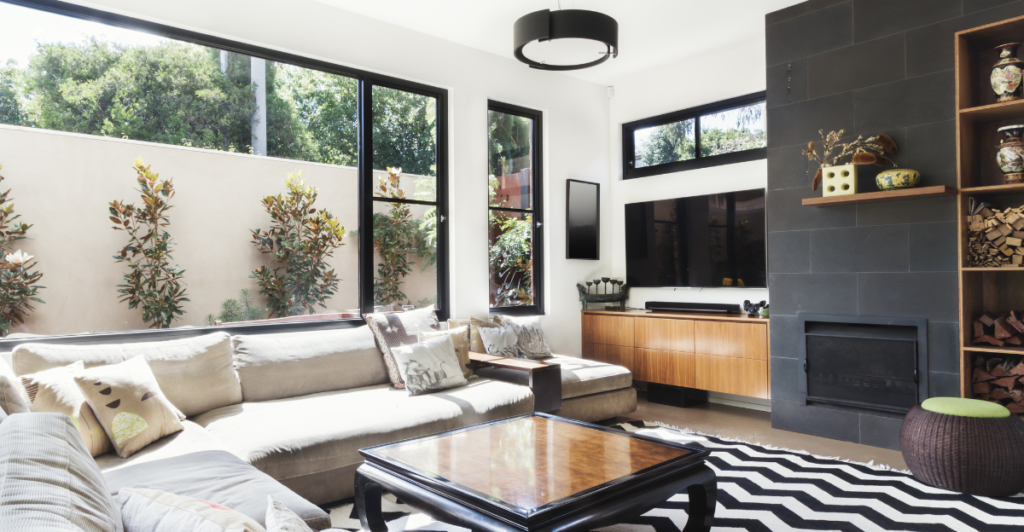
Uniform color schemes trick the eye into perceiving more space, but monochrome doesn’t mean monotone. You can use different shades of the same color, tones, tints, and textures to create depth without visual noise.
For example, pale grays, soft beiges, or icy blues can work beautifully in small spaces to make them feel airier. This trick works because the brain interprets fewer color shifts as fewer boundaries within space, making it appear larger.
Further, gently create contrast with metallics or organic textures, such as cane, jute, or marble, to avoid making the room feel sterile. Plainness is not simplicity—it’s space design.
3. Use Mirrors as Optical Warfare
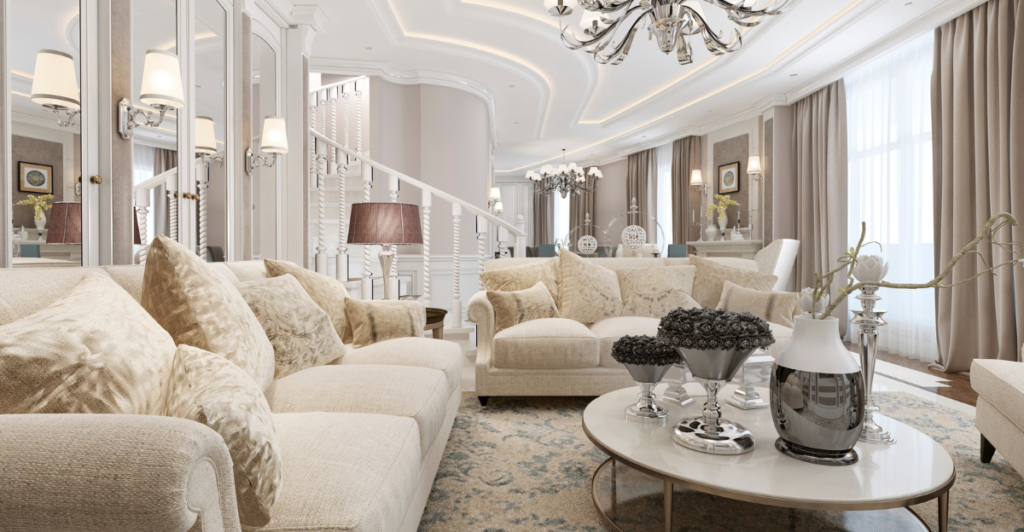
Mirrors are not just decorative items; they can be used to make a space look bigger by bouncing natural light around a room, brightening darker corners and nooks.
A strategic use of mirrors—behind a sofa, opposite a window, or in a gallery-style arrangement—multiples light sources and obliterates a room’s boundary lines. For example, mirrors hung opposite windows can illuminate rooms with up to 25% more ambient light.
To make this easier, consider incorporating mirrored furniture into your smaller spaces, where bulk is hidden in plain view. A mirrored console or coffee table visually disappears but is still functional.
4. Commit to Multi-Function Everything
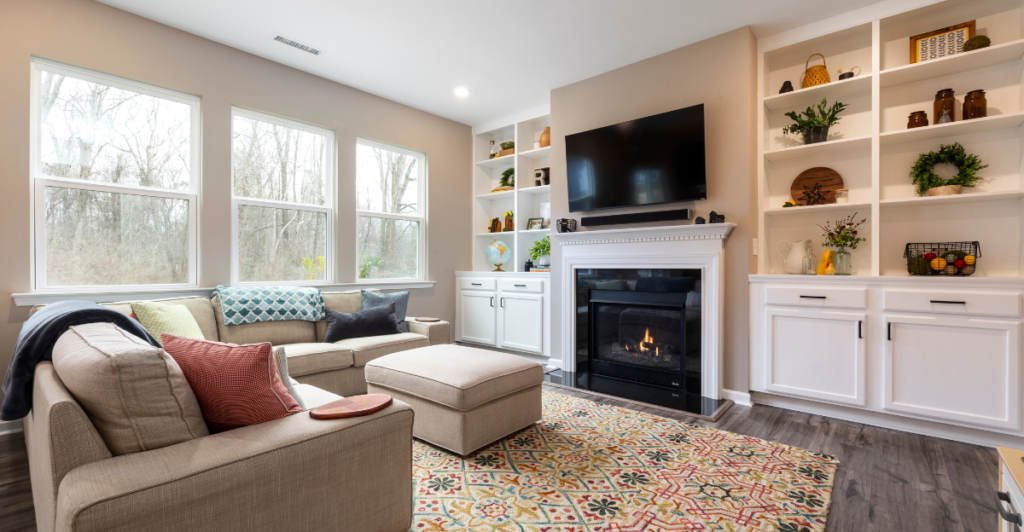
As our rooms get smaller, our furniture needs to be adapted to meet our storage needs. Therefore, multi-function and modular furniture is no longer a trend—it’s a survival tactic. Sleeper sofas, storage ottomans, and nesting tables that fold out are the new aristocracy of utility.
Look for products that have hidden compartments or can be easily modified to function as something else—think transformer, not style. For example, small bedrooms might benefit from a customized Murphy bed system that also serves as a desk and bookcase. Start to think of furniture not as single-use items but rather something more like a Swiss Army knife.
5. Light the Room Like a Stage, Not a Dungeon

Most small rooms have only one solitary overhead light, an easy, flattening choice for developers. Instead, consider lighting your rooms like a theater set designer would.
You can start by integrating ambient (ceiling), task (reading), and accent (artwork or architectural details) lighting to create zones and drama within the room. You can use floor lamps with narrow profiles, plug-in sconces, or LED lights under shelves to add depth.
Further, wireless, rechargeable lighting options—once niche—are now widely available and can be installed without an electrician. A well-lit room isn’t just brighter; it’s psychologically larger. You’re not lighting a cave—you’re staging your life.
6. Embrace the Vertical with Ruthless Intent
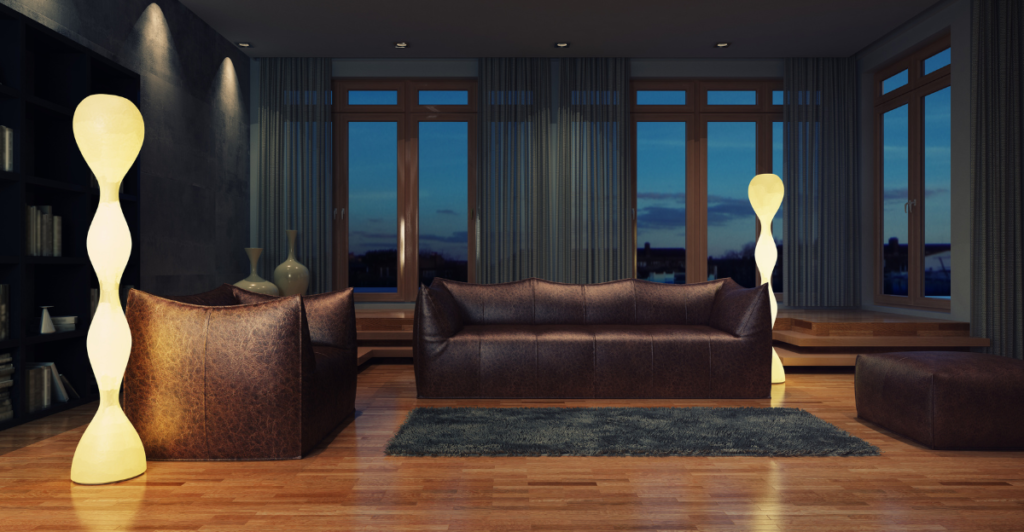
Tiny floor space demands tall ambitions. So consider installing shelving, art, lighting, and storage vertically, using your open wall space, to draw the eye upwards and fool the brain into thinking there’s more space.
For example, fit curtain rods near the ceiling and let drapes fall to the floor to help stretch your walls, not until like visual Pilates. Further, floor-to-ceiling bookshelves, ladder desks, and floating plants maximize cubic space.
Avoid “eye-level clutter zones.” Instead, allocate function and shape to vertical space like a New York architect fitting high-end living in a 400-square-foot penthouse.
7. Get Rid of the Sofa (Seriously)
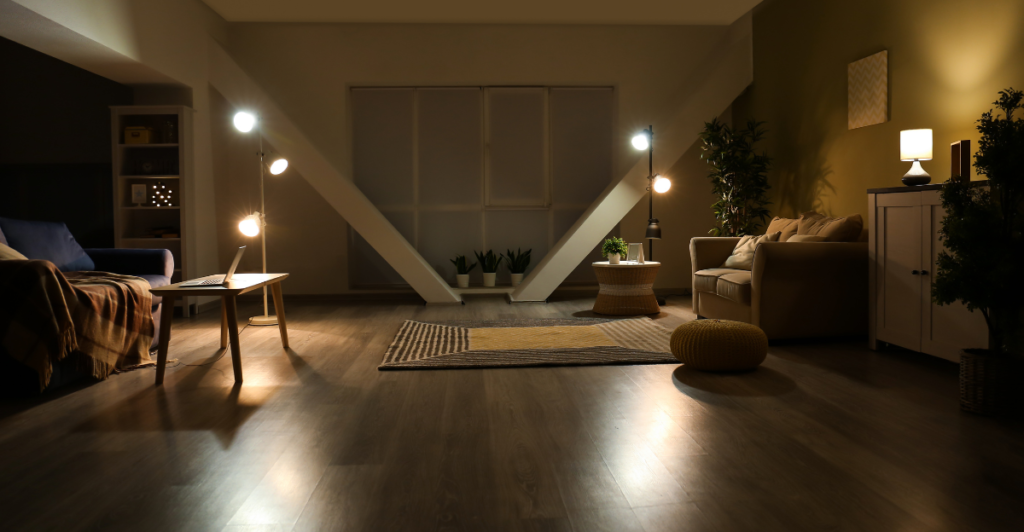
This might seem like a drastic suggestion, but ditch the big ol’ sofa. Depending on how you use your living room space, having a large sofa will engulf small spaces, so consider getting rid of it and replacing it with smaller seating options.
Let’s not forget that Victorian parlors were designed to encourage conversation, not slouching after all, and many small chairs offered social proximity. This can easily be applied to modern-day living as well.
A cozy set of armchairs, a daybed, or modular furniture that can be moved or tucked away conserves space and maximizes flow. Throw in a few scatter pillows and a blanket, and you have a stylish, spacious living room where you can relax and engage in social occasions with ease.
8. Unleash the Power of Clear and Open Materials

Believe it or not, clear materials such as lucite, glass, and acrylic are space geniuses. They occupy space physically but not visually, letting light through and tricking the eye into thinking that they don’t take up much space, making the room feel larger.
A 2018 Journal of Environmental Psychology study discovered that visual continuity makes rooms look up to 30% more spacious. Therefore, consider incorporating glass coffee tables, open-leg chairs, or transparent bookshelves to preserve the line of sight.
Consider your room as a visual equation: the less visual weight, the more mental space. Use transparent items to draw attention to the room’s overall design, rather than its size. It’s not invisible—it’s quietly intentional.
9. Curate Your Overall Design

When it comes to small spaces, every object needs to serve a purpose because there is simply no room for clutter. Therefore, curate and edit as you design your living room, removing items that don’t absolutely have to be there.
Many people overdo it when they decorate because they cling to “what if” situations (what if eight guests are coming?), instead of designing and decorating to their lifestyle. Therefore, consider reviewing what takes up space every so often, and if you have not touched it, opened it, or handled it in six to 12 months, consider removing it. Your living room is a living, curated experience, not a museum gallery.
Discover more trending stories and Follow us to keep inspiration flowing to your feed!

Craving more home and lifestyle inspiration? Hit Follow to keep the creativity flowing, and let us know your thoughts in the comments below!
